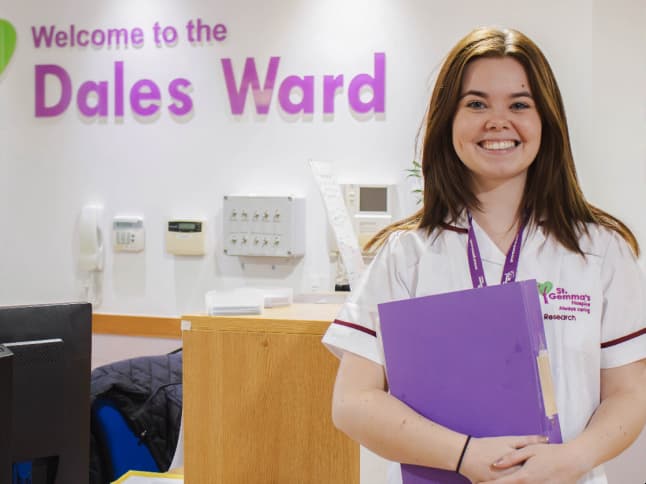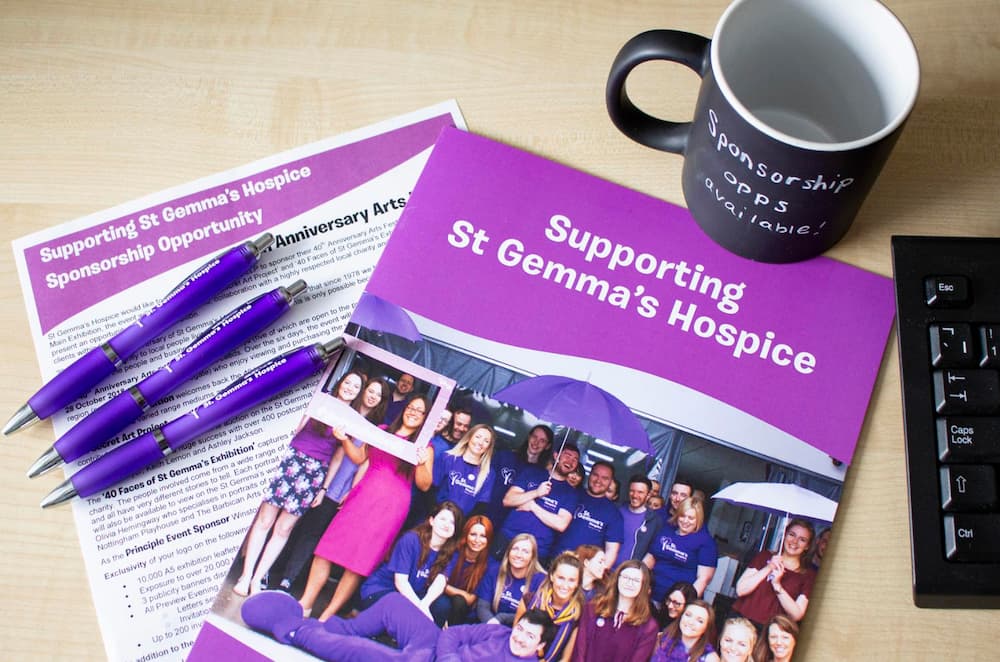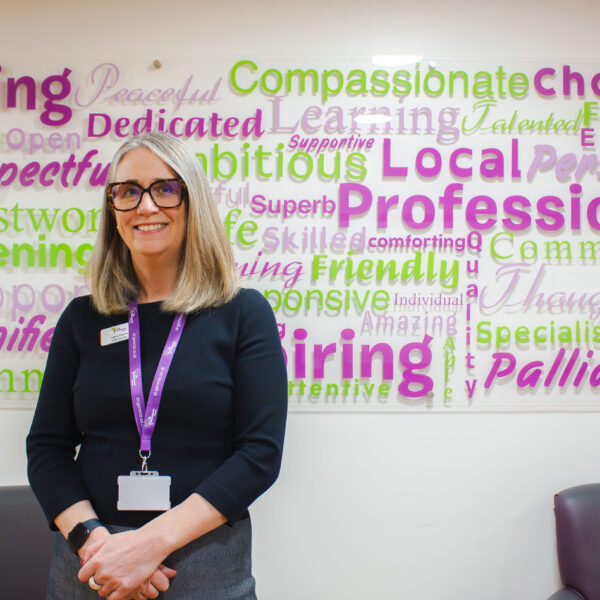As a valued supporter we really want to keep you posted about news and events across St Gemma’s and to share how your support benefits local patients and their families. If you would like to receive email updates please click to sign up to our mailing list.
At St Gemma’s, and across England’s hospices, we are totally reliant on the generosity of our supporters. Every donation enables us to care for people at the end of life, in the ways they most want—whether at home, in hospital, or in our hospice. The National Audit Office (NAO) report published today (29 October 2025), The Financial Sustainability of England’s Adult Hospice Sector, highlights the sector’s financial pressures and reminds us that sustainable funding is critical to continue this work.
Hospice UK recently led a campaign under the headline “Hospice Care is More Than You Think.” I have been working in the sector for eight months, and it has been an eye-opening—and in many ways personally transformational—time, which has shown me that hospice care is far more than I realised. The current focus on the sector, including today’s NAO report, is hugely welcome, but it still feels like the role of hospices is understated.
So many hospices are services, not buildings.
It is great to see the report highlight that most palliative and end-of-life care is now delivered in people’s own homes, with hospices working as part of multidisciplinary teams or in partnership with NHS services, while inpatient care in hospice buildings is decreasing. At St Gemma’s, most of our patients are cared for at home by our Palliative Care Consultants, Community Nurse Specialists, and a range of therapists. Figures on preferred place of death show most people want to die at home—hospices are absolutely part of enabling that choice.
It is disappointing not to see more analysis of the cost-effectiveness of specialist palliative care in different settings. Evidence shows community-based care is economically beneficial, but the NAO notes that there is still no central understanding of the costs of specialist palliative care. With ICB reductions, it is hard to see how that understanding will be achieved. I remain hopeful that the NAO report, and any subsequent discussions, will prompt a determined push to understand the full value of hospices.
To cope with rising demand, education of healthcare professionals—both in palliative care and in general care for patients who need it—will be crucial. Hospices like St Gemma’s already lead this work: Last year, over 1,400 healthcare professionals were educated through courses informed by practice and research in partnership with the University of Leeds.
As a University Teaching Hospice, we also provided placements for nearly 200 students, future specialists who will support growing demand.
Hospices are not organisations asking for money. We offer solutions to many of the issues highlighted in the NAO report and prior reviews, such as those from the Commission on Palliative and End-of-Life Care. What we need is fair, sustainable funding, so we can continue delivering care in the community, supporting families, and training the workforce of tomorrow.




